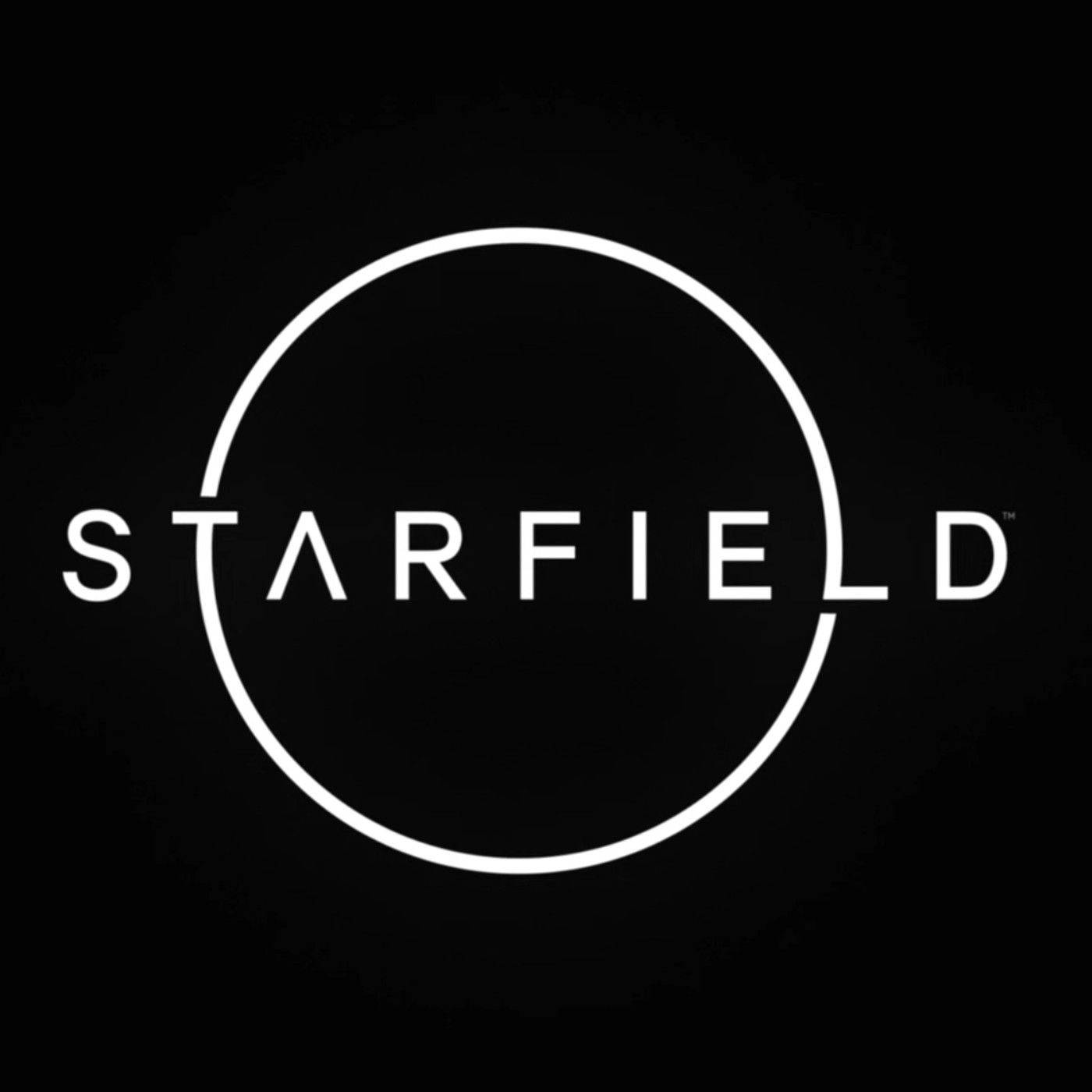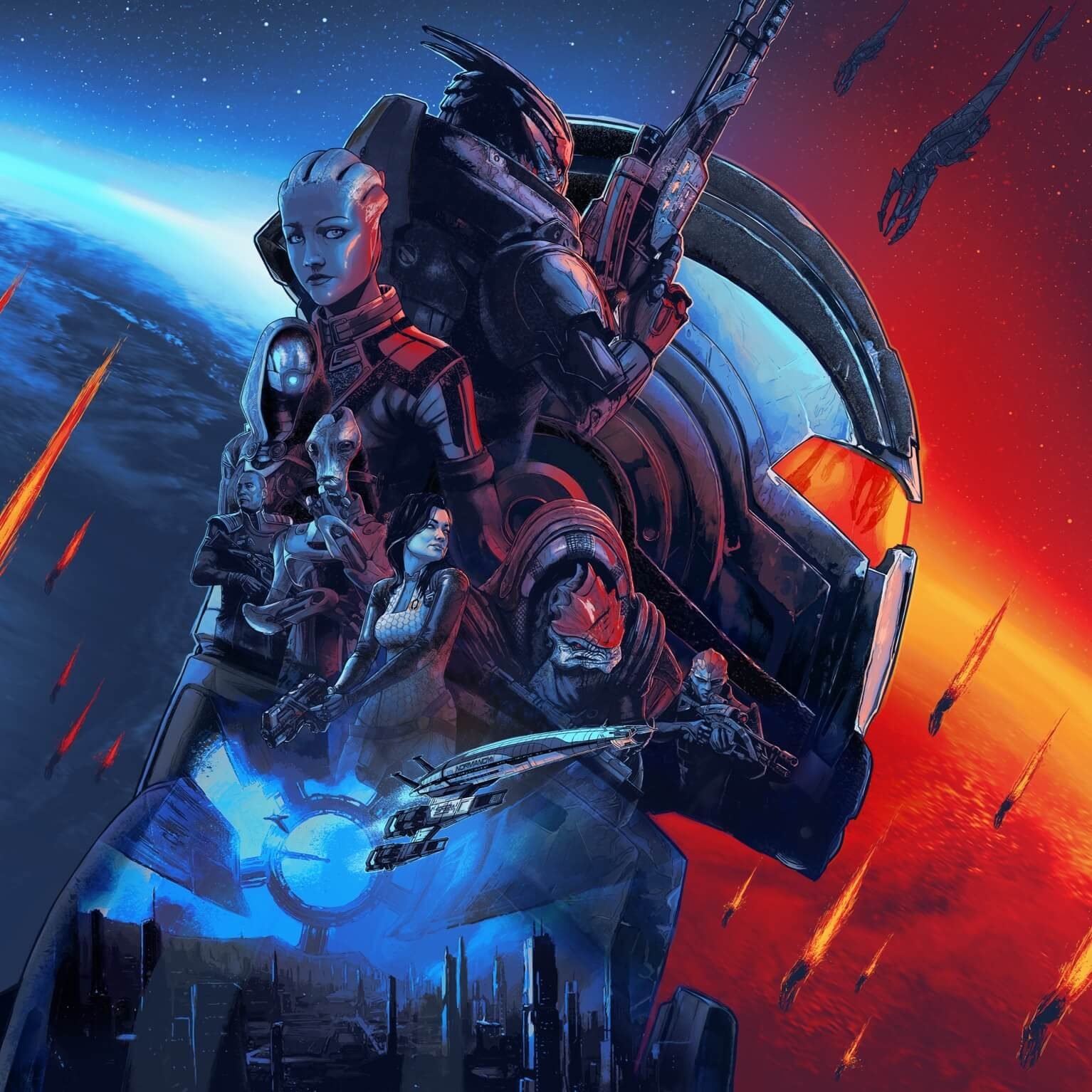

I had to learn more about it after that short clip and found an overview page which is fun to read if your browser can translate it: https://www.dentsubo.net/circle/spe256.html


I had to learn more about it after that short clip and found an overview page which is fun to read if your browser can translate it: https://www.dentsubo.net/circle/spe256.html


I love how parkplace is literally the kind of single-minded insanity this article talks about (which is significantly longer than 2 paragraphs btw)
Like, skimming through their articles and you get stuff like this https://thatparkplace.com/wish-actor-harvey-guillen-says-he-believes-disney-will-make-a-queer-princess-in-his-lifetime/ where they relay the quotes then immediately jump to:
If this does indeed happen it’s likely to lose The Walt Disney Company millions of dollars as seen with Lightyear.
I don’t know whether to laugh or cry.
Yes, it is perfectly possible that the studio’s writing work might be a bit shit, I dunno. If you find they are consistently involved with writing you don’t enjoy, then sure, whatever. The point of this article is the absolute insanity this kind of stuff gets taken to, like it’s a massive conspiracy rather than just the work of another studio managing the struggles and interests of our age.
To quote the 2+n paragraph article:
It’s a conspiracy theory that checks all the boxes: It conveniently explains pretty much everything happening right now, ties it back to organizations of which people are understandably suspicious, links it to a much larger ongoing panic (DEI), validates preconceived notions like “go woke, go broke,” sprinkles in a few kernels of truth regarding powerful interests, and – most importantly – provides a clear and identifiable enemy. It’s also almost entirely bullshit.


While diving under the ice in McMurdo Sound, some of the team came across giant Antarctic sea spiders that appeared to be mating. So, they gently collected the animals and transferred them to observation tanks to figure out how the heck these enigmatic creatures procreate.
Rude.


I imagine LTT did that for meme purposes more than anything else. Threadrippers are not built for games. They’re built for production workloads which don’t translate to gaming performance.
That said, the point still stands. This game needs the most powerful gaming hardware (e.g. Ryzen X3D series and RTX 4090) on “recommended” settings and 1080p to get averages above 60fps, which is wild. There’s a rather dedicated fellow on reddit who does detailed performance tests after each patch.
I started with Ubuntu and slowly tried getting used to Gnome over the course of a few months (mainly using windows, every now and then hopping into Ubuntu when not gaming). I learned of KDE, tried it in Kubuntu, and it all instantly clicked for me. I switched over in about a week and haven’t had much reason to boot Windows since.
It turned out that front-facing experience was incredibly important to me.
I believe we’re specifically talking VRR, which for me in Kubuntu did not work properly without switching to Wayland.
VRR is fantastic for games, I really notice the difference and I use Wayland because of it.
The downside to that is (from my understanding) Wayland forces some form of Vsync on everything, so if you don’t have a VRR monitor then games can become very stuttery and have noticeable input lag. There is an option to “force lowest latency” which supposedly allows screen tearing for things like games, though I didn’t test how well it worked myself.
If people are interested in experimenting, then VRRTest is a great utility to see what VRR is doing and to test various settings.
I can still feel it when I think the vast majority of these people are vulnerable individuals who have been led to be believe they’re being victimized. Things like QAnon provide a the right-wing equivalent of a safe space and community for them.
It’s got to be tough seeing it slowly tumble away.


I worked with a startup once where we had individual company emails and had a good giggle at how different the spam is compared to personal stuff! Mostly in our case it was dubious offers of office space, furniture and other such services.


Jedi Survivor’s performance issues are annoying but I wouldn’t call it “unplayable” by any stretch. It depends on how you define it. My definition of that would be either “literally doesn’t launch / hard crashes consistently” or “massively fluctuating frametime on appropriate hardware and settings that makes the intended gameplay too difficult to enjoy”.
In my experience, it’s mostly traversal stutter and TAA ghosting at low frames in the giant hub level which you don’t really get during actual combat. I also partially inflicted that on myself by choosing to play on max settings with RT and no FSR. I use a R5 3600, RX 7900XT and 32GB Ram.
Obviously, your mileage and personal tolerances will vary. Definitely consider the refund window and use the big city vistas of the first area to judge if you’ll enjoy it at that performance / quality level you choose. The art direction is really good so I think it will hold up on lower settings.
I think from their perspective Tuvok and Neelix weren’t “dead”, which was why they were more inclined to “correct” the situation at hand and save their crewmates while they still had the chance to do so.
Regardless, it’s a fucked up decision, I don’t envy it.


It can be an indicator of post-launch performance. In this case, it performed well at launch but has now stablised like most games do. By my metrics, 30k a day is pretty good at a glance. You’d have to find more actual comparisons to make informed conclusions though, which you sort of find if you go through Forbes’ source which is a quote tweet of an article from GamingBolt ( just link the article lmao):
Cyberpunk 2077 may have seen a major new update and a paid expansion, Phantom Liberty, but that was in September. It’s sitting at 23rd in the most-played games chart on Steam, with a 24-hour peak of 36,246. Starfield is currently in 43rd place behind games like Elden Ring, Valheim, Stardew Valley and Terraria.
There are more paragraphs with the same vibe, with the obvious disclaimer that it’s on game pass too. But there’s a number of other things that would go into an actual performance analysis. e.g, are the “competing” games currently on sale? What other factors affect the current landscape of games played? What do each of these games’ numbers look like in the same time period following their launch?
That’s the kind of data the publishers have access to and do actual analysis on. I think this reporting is just chasing a trend for engagement. 22 - 30k is not bad for a singleplayer game without mod support (yet) which people will pick up, play, and put down. I don’t see anything to indicate it’s “in trouble” (we’d probably have heard by now of internal planning changes at Bethesda if that were the case).


He’s been dealing with them for years. Probably just finally got worn down enough to say “fuck it, not worth the stress”


It’s a good, but flawed game. I got really into it for a month and developed a love/hate relationship with it, but overall enjoyed that time.
That’s as somebody who loves sci-fi and got really into building my ship. I was pretty much the target audience so I may have been more willing to immerse myself in it than others would care for.
Also, it was super refreshing to me playing a game where my companions are all in their 30s with a lot of history. It feels quite mature in that sense. Which I guess is why the main story really disappointed me when you get an antagonist who feels like a 12-year old who just discovered the Wikipedia page for Nihilism, but hey ho.


For me it’s not so much the travel; the main story tries to sell this idea of exploring the unknown, but literally everything you find is a known quantity in some form or another.


I love ME2 to pieces, but Arrival dropping that bombshell really made it feel weird in hindsight.


Her response during the motion: https://www.youtube.com/watch?v=qFTNSGu_OoQ
I think usage of that particular phrase was probably overkill or an oversight, but I agree with her that criticising the actions of Israel’s government is not Antisemitic.
It reminds me of when a trans representative was censured for condemning restrictions on gender-affirming care using the phrase “you will have blood on your hands” and opponents jumped on that to say she was out of line. It gives me a strong impression that their motivations go far beyond the language used, using excessive pedantry as an excuse.


The moment I saw HDRP mentioned I thought “Yup, that’d do it”


I wouldn’t say “more worthwhile”. But comparing them (in my personal opinion): Outer Worlds trades variety and scale for a more narratively dense world.
Biggest thing is you get significantly more choice in questlines. Bethesda’s approach in Starfield is very railroad-y, almost all the big questlines end up picking between two distinct options while leaving you thinking “you know we could just do a third one, or both depending on the circumstances”. They also, outside of maybe one or two circumstances, have zero opportunity for creative player intervention. If it’s not explicitly mentioned as a quest objective, it’s not an option. e.g. No, you can’t use the EM gun on this guy to bring him in and face justice, the objective is to kill him, so you will kill him and his guards too. No, you can’t go and talk to your superiors for backup before confronting somebody over a major crime. Stuff like that.
Outer Worlds is like Fallout New Vegas in that the world responds to your actions as well as dialogue choices. Every NPC is killable, and they’ve written a number of scenarios (some of them absolutely gut wrenching) for killing certain people at certain points. Big quests tend to present two options which both have dire consequences, but by doing other quests, talking to other characters, you can uinlock additional options or improve how things will turn out. e.g. You can uncover an internal power struggle in a faction and help choose its leader, which changes how a peace talk can turn out with another faction.
Outer Worlds also gives you more tangible consequences for your actions, like changing the feel of an early town if you deprive it of power. The epilogue is significantly more detailed than the one Starfield gives you, covering a lot of minor quests and each major character you’ve interacted with.
None of that is to say though, that Starfield does not have a rich and interesting world with cool characters. I’ve loved my time with both games and I think SF has more fun combat gameplay, obviously both are similar gun-based RPG games where you mag dump bullet sponge enemies, but hey ho. SF also let me build and fly a ship, go where I want with it and take pretty pictures, which has been a lot of fun. Starfield may have less quest choice, but it offers more variety in what those stories cover, compared to OW’s more narrow focus.
I will also say that SF made a pretty bold narrative decision in its main story that I was not expecting from a Bethesda game. Even though I have a love/hate relationship with how it developed after that, and think the moment itself could have been handled better, I still respect it. OW also really hams up the evil corpo humour in ways some people might find annoying and difficult to take seriously.
A measure of worth between the two games really comes down to what you’re looking for in a space-themed RPG. Personally, I think they complement each other very well as distinct experiences.
I’d say it’s a matter of preference than anything “next-gen”. I really liked using a hybrid approach with the Steam Controller a few years back for some third person games with archery, but it has its own drawbacks and complexities so I could see why people would prefer the simplicity of the good ol’ analogue stick.